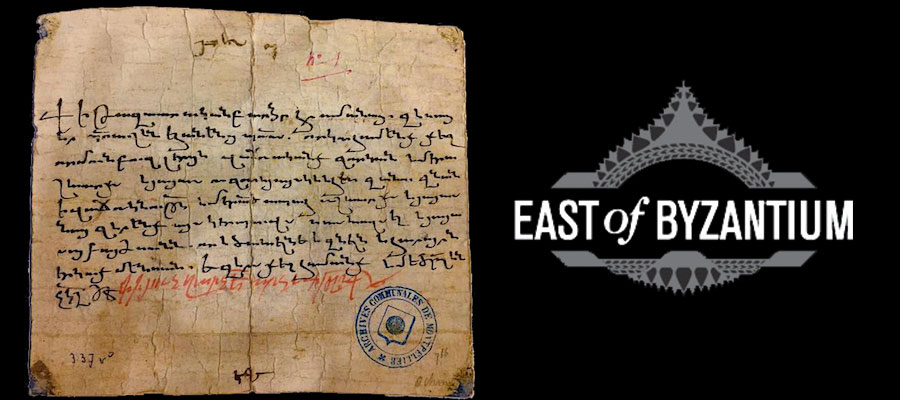Michael Pifer | University of Michigan
The medieval vernacular of Middle Armenian was fashioned by many communities, beginning perhaps with the court of the Kingdom of Armenia in Cilicia, in Sis, in the late twelfth and early thirteenth centuries. Here a cohort of nobles, priests, and physicians collectively translated, composed, commissioned, and studied a wide array of texts, subtly aligning the status of their "rustic" vernacular into a companion of stately power. Yet although the last Armenian kingdom would fall to the Mamluks in 1375, Middle Armenian did not die with it. Instead, the language continued to travel and circulate in unlikely places. This talk takes a selective and comparative look at two of the communities that formed around this unruly and unstandardized tongue, before and after the fall of its kingdom. It argues that while these communities were different, a shared ethos of language care, or an attentiveness that shapes the social and epistemic uses of language in a particular time and place, can be teased out in each.
This lecture will take place live on Zoom, followed by a question and answer period.
An East of Byzantium lecture. EAST OF BYZANTIUM is a partnership between the Mashtots Professor of Armenian Studies at Harvard University and the Mary Jaharis Center that explores the cultures of the eastern frontier of the Byzantine empire in the late antique and medieval periods.
